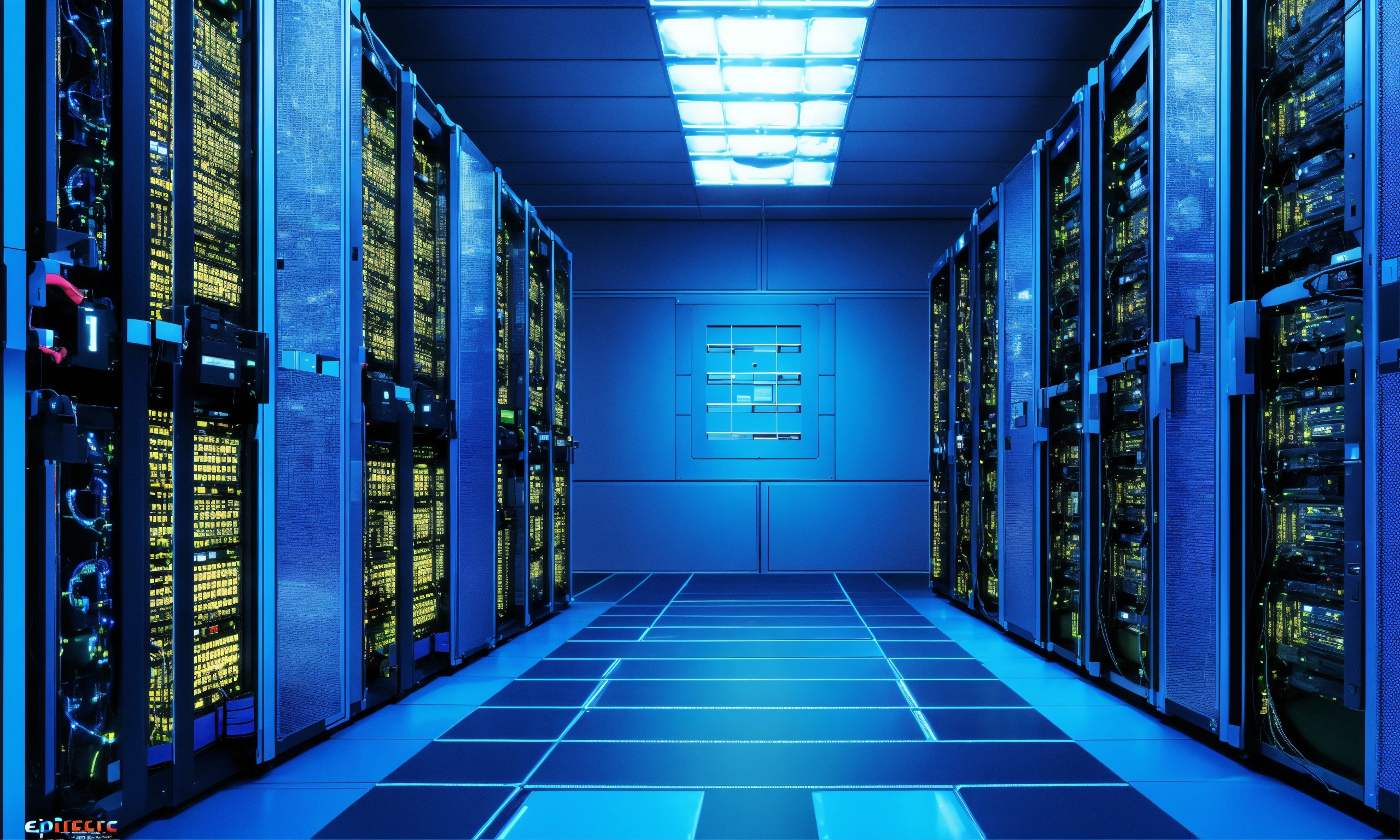Examining the Landscape of Closed-Source AI Models: OpenAI, Midjourney, Claude, and Beyond
OpenAI, Midjourney, Claude and Beyond. The rapid advancement of artificial intelligence (AI) has led to the emergence of both open-source and closed-source models, each with distinct philosophies and impacts. This article delves into prominent closed-source AI models, including those from OpenAI, Midjourney, and Anthropic's Claude, highlighting their features and the broader implications of proprietary AI development.
1. Understanding Closed-Source AI
- Definition and Characteristics: Closed-source AI models are proprietary systems whose underlying code and architectures are not publicly disclosed. Access is typically provided through APIs or integrated applications, limiting direct user interaction with the model's internals.
- Advantages:
- Commercial Viability: Enables monetization through exclusive services.
- Controlled Deployment: Facilitates managed updates and maintenance.
- Enhanced Security: Reduces risks associated with misuse or malicious alterations.
- Disadvantages:
- Limited Transparency: Users cannot inspect or modify the underlying code.
- Potential for Vendor Lock-In: Dependence on a single provider for updates and support.
- Ethical and Accessibility Concerns: Restricts collaborative innovation and may limit equitable access.
2. Prominent Closed-Source AI Models
![[Pasted image 20241218033919.png]]
2.1. OpenAI's GPT Series
- Overview: OpenAI's Generative Pre-trained Transformer (GPT) series has significantly influenced natural language processing, with models like GPT-4o demonstrating advanced language understanding and generation capabilities.
- Applications: Utilized in chatbots, content creation, and complex problem-solving tasks.
- Recent Developments: OpenAI's latest model, o1, represents a shift towards reasoning models capable of more human-like thinking, marking a departure from previous prediction-based approaches. oai_citation_attribution:3‡The Atlantic
2.2. Midjourney's AI Art Generator
- Overview: Midjourney offers a proprietary AI model specializing in generating high-quality images from textual descriptions, catering to artists and designers seeking AI-assisted creativity.
- Features: Provides user-friendly interfaces for seamless integration into creative workflows.
- Industry Impact: Has gained popularity for its ability to produce diverse and imaginative visual content, influencing the digital art landscape.
2.3. Anthropic's Claude
- Overview: Anthropic's Claude series focuses on creating AI models that prioritize safety and reliability, with Claude 3 Opus demonstrating significant advancements in language understanding and summarization tasks.
- Performance: In recent evaluations, Claude 3 Opus outperformed other models, including OpenAI's GPT-4, in text summarization tasks, highlighting its advanced capabilities. oai_citation_attribution:2‡The Decoder
- Ethical Considerations: Anthropic emphasizes AI alignment and ethical deployment, addressing concerns about AI behavior and decision-making.
3. Implications of Closed-Source AI Development
- Innovation and Competition: Closed-source models drive competitive advancements but may limit collaborative progress.
- Accessibility and Equity: Proprietary models can create barriers to access, potentially exacerbating technological disparities.
- Ethical and Security Concerns: The lack of transparency in closed-source models raises questions about ethical use, potential biases, and the ability to audit AI behavior.
4. The Debate: Open vs. Closed AI Models
- Industry Perspectives: Leaders like Ilya Sutskever of OpenAI have discussed the balance between open and closed approaches, emphasizing the need for responsibility in AI development. oai_citation_attribution:1‡Stanford Technology Ventures Program
- Recent Trends: The gap between open-source and closed-source AI models is narrowing, with open models rapidly advancing to match the capabilities of proprietary systems. oai_citation_attribution:0‡TIME
5. Conclusion
Closed-source AI models from organizations like OpenAI, Midjourney, and Anthropic have significantly contributed to the advancement of artificial intelligence, offering powerful tools across various applications. However, the proprietary nature of these models presents challenges related to transparency, accessibility, and ethical considerations. As the AI landscape continues to evolve, ongoing dialogue and thoughtful approaches are essential to balance innovation with responsibility.




